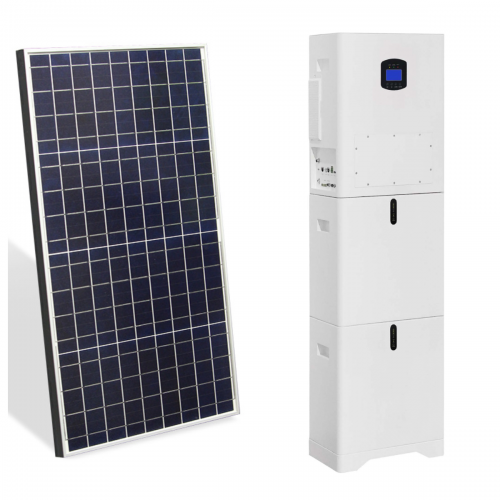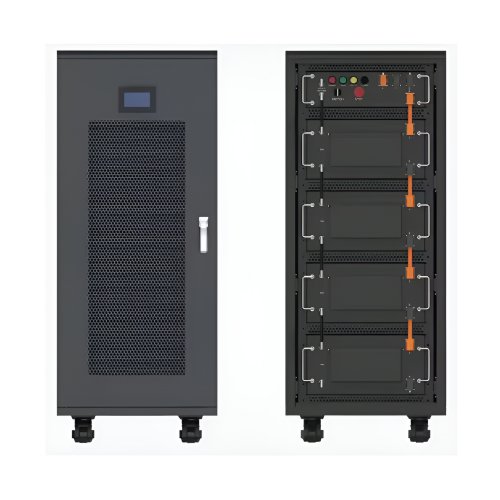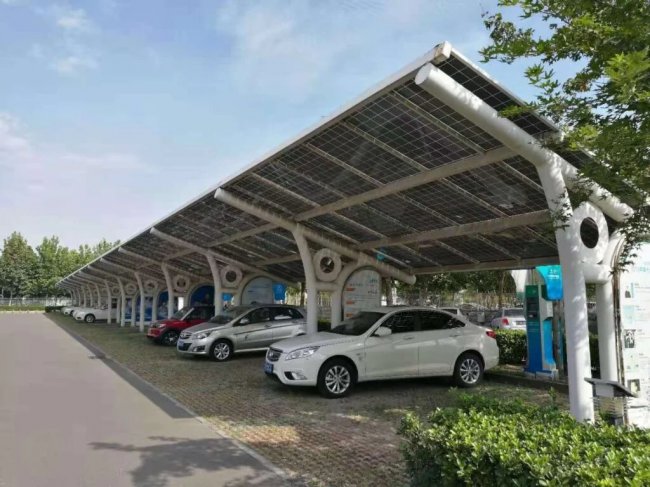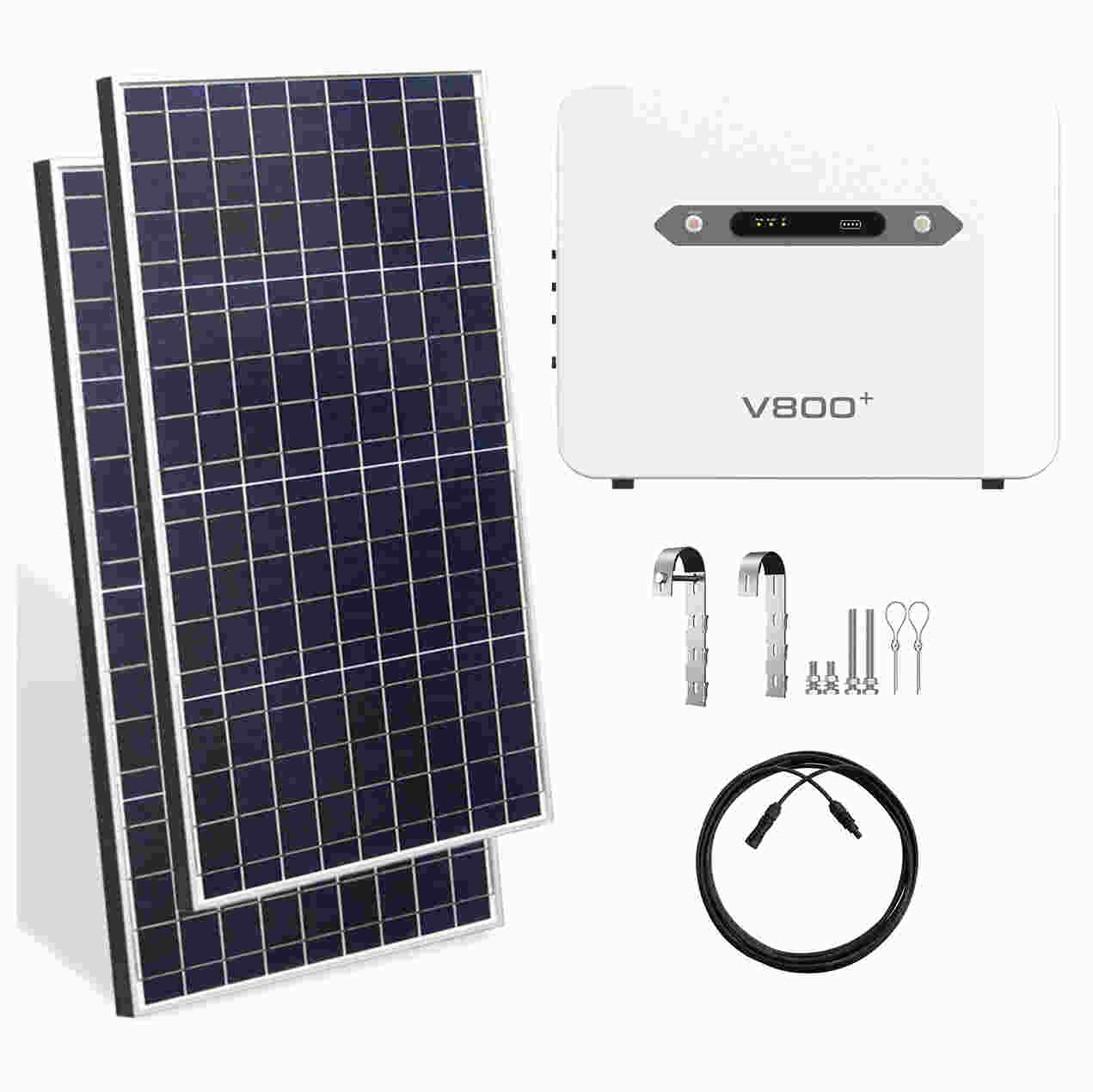Advances In Thermal Stability: Novel Materials, Characterization Techniques, And Future Directions
Thermal stability—the capacity of a material to retain its structural integrity, physical properties, and functionality at elevated temperatures—is a cornerstone property for a vast array of technologies. From the aerospace and power generation industries to microelectronics and energy storage, the relentless push for higher efficiency, power density, and operational safety is intrinsically linked to overcoming thermal degradation limits. Recent years have witnessed significant breakthroughs in understanding, enhancing, and engineering thermal stability across multiple material classes, driven by advanced synthesis routes, sophisticated characterization tools, and computational design.
Novel Material Systems and Design Paradigms
A primary frontier in enhancing thermal stability lies in the development of novel material systems. High-entropy alloys (HEAs) and ceramics (HECs) represent a paradigm shift from traditional alloy design. Their core principle revolves around configurational entropy stabilization, where the presence of multiple principal elements in near-equimolar ratios hinders diffusion and phase separation at high temperatures. For instance, Cantor-based HEAs (e.g., CrMnFeCoNi) demonstrate exceptional resistance to softening and microstructural evolution even after prolonged exposure at 1000°C, a feat unattainable for conventional superalloys (George et al., 2019). Similarly, HECs like (HfZrTiTa)C exhibit superior thermal stability and mechanical properties beyond 2000°C, making them prime candidates for ultra-high-temperature applications such as thermal protection systems and turbine coatings.
Concurrently, research into thermal barrier coatings (TBCs) has progressed beyond traditional yttria-stabilized zirconia (YSZ). New materials with lower thermal conductivity and higher phase stability are emerging. Promising candidates include rare-earth zirconates (e.g., Gd2Zr2O7) and magnetoplumbite-based coatings (e.g., LaMgAl11O19), which offer improved resistance to sintering and calcium-magnesium-alumino-silicate (CMAS) attack at temperatures exceeding 1200°C (Clarke & Levi, 2020). These coatings are critical for enhancing the efficiency of gas-turbine engines.
In the realm of polymers, the integration of inorganic and organic components has led to highly stable hybrid materials. Polyhedral oligomeric silsesquioxane (POSS)-incorporated polymers exhibit dramatically increased char yield and decomposition temperatures. The nanoscale POSS cages act as reinforcing agents, creating a protective ceramic-like layer upon heating that shields the underlying polymer from further thermal degradation.
Breakthroughs in Characterization and Predictive Modeling
Understanding degradation mechanisms at the atomic scale is crucial for rational material design. The latest advancements inin-situandoperandocharacterization techniques are providing unprecedented insights. Environmental transmission electron microscopy (ETEM) allows for the direct observation of microstructural evolution, such as grain growth, precipitate coarsening, or oxide scale formation, under real-time heating and controlled atmospheres. Similarly, synchrotron-based X-ray diffraction and spectroscopy can probe phase transformations and chemical state changes in bulk materials under extreme thermal conditions, revealing non-equilibrium pathways that were previously inaccessible.
Complementing these experimental tools, computational materials science has become indispensable. Integrated computational materials engineering (ICME) and high-throughput density functional theory (DFT) calculations are accelerating the discovery of thermally stable materials. For example, machine learning (ML) algorithms trained on vast materials databases can predict formation energies, melting points, and thermal expansion coefficients, identifying promising compositions before they are ever synthesized (Ward et al., 2018). This data-driven approach is drastically reducing the time and cost associated with traditional trial-and-error development.
Future Outlook and Challenges
The trajectory of thermal stability research points toward several exciting and critical directions. The first is the development of multifunctional materials whose thermal stability is coupled with other properties, such as high electrical conductivity for electronics or specific catalytic activity for high-temperature reactions. For instance, the search for thermally stable wide-bandgap semiconductors (e.g., GaN, β-Ga2O3) is vital for next-generation power electronics that can operate without complex cooling systems.
Secondly, the application of these advanced materials in additive manufacturing (AM) presents both an opportunity and a challenge. AM enables the fabrication of complex, graded structures optimized for thermal management. However, the unique thermal histories and resultant microstructures inherent to AM processes require a re-evaluation of their long-term thermal stability and creep resistance.
A significant challenge remains in extending these principles to softer materials, particularly organic-based systems for flexible electronics and photovoltaics. Improving their thermal stability without compromising mechanical flexibility or electronic performance is a key hurdle. Bio-inspired approaches, such as mimicking the heat-resistant structure of silk or designing self-healing polymers that can repair thermal damage, are emerging as promising strategies.
Finally, the sustainability aspect cannot be overlooked. The next generation of thermally stable materials must not only perform under extreme conditions but also be composed of abundant, non-toxic elements and be designed for recyclability.
In conclusion, the field of thermal stability is experiencing a renaissance, fueled by interdisciplinary collaboration between materials synthesis, advanced characterization, and computational prediction. The development of entropy-stabilized materials, protective coatings, and hybrid systems, coupled with our growing ability to observe and model material behavior in real-time, is pushing the boundaries of what is thermally possible. As these innovations mature, they will pave the way for more efficient, powerful, and reliable technologies across the industrial spectrum.
References:George, E. P., Raabe, D., & Ritchie, R. O. (2019). High-entropy alloys.Nature Reviews Materials, 4(8), 515-534.Clarke, D. R., & Levi, C. G. (2020). Materials design for the next generation of thermal barrier coatings.Annual Review of Materials Research, 50, 1-28.Ward, L., Dunn, A., Faghaninia, A., et al. (2018). Matminer: An open source toolkit for materials data mining.Computational Materials Science, 152, 60-69.
Customized/OEM/ODM Service
HomSolar Supports Lifepo4 battery pack customization/OEM/ODM service, welcome to contact us and tell us your needs.


HomSolar: Your One-stop LiFePO4 Battery Pack & ESS Solution Manufacturer
Our line of LiFePO4 (LFP) batteries offer a solution to demanding applications that require a lighter weight, longer life, and higher capacity battery. Features include advanced battery management systems (BMS), Bluetooth® communication and active intelligent monitoring.

Customised Lithium Iron Phosphate Battery Casing
ABS plastic housing, aluminium housing, stainless steel housing and iron housing are available, and can also be designed and customised according to your needs.

HomSolar Smart BMS
Intelligent Battery Management System for HomSolar Energy Storage System. Bluetooth, temperature sensor, LCD display, CAN interface, UART interface also available.


Terminals & Plugs Can Be Customized
A wide range of terminals and plugs can be customised to suit the application needs of your battery products.

Well-designed Solutions for Energy Storage Systems
We will design the perfect energy storage system solution according to your needs, so that you can easily solve the specific industry applications of battery products.



About Our Battery Cells
Our energy storage system products use brand new grade A LiFePO4 cells with a battery lifespan of more than 4,000 charge/discharge cycles.



Applications in Different Industries
We supply customized & OEM battery pack, assemble cells with wiring, fuse and plastic cover, all the cell wires connected to PCB plug or built BMS.
Applications: E-bike, Electric Scooter, Golf Carts, RV, Electric Wheelchair, Electric Tools, Robot Cleaner, Robot Sweeper, Solar Energy Storage System, Emergency Light, Solar Power Light, Medical Equipment, UPS Backup Power Supply.
We can provide you with customized services. We have the ability to provide a vertical supply chain, from single cells to pack/module and to a complete power solution with BMS, etc.


HomSolar (Shenzhen) Technology Co., Ltd
























